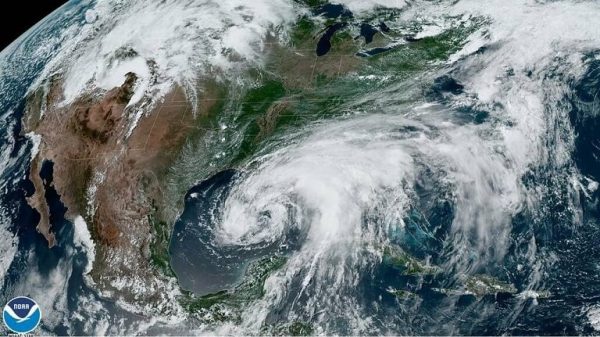Although the strongest cyclone season has already passed, the alert remains in October and November as they are the months in which the trajectory of the phenomena is more complicated to predict, warned the State Coordination of Civil Protection (Procivy).
The head of Procivy, Enrique Alcocer Basto, explained that during these two months, we enter the stage known as the end of the hurricane season in the Atlantic Ocean and the eastern Pacific region.
During this time of year, tropical cyclone forecasting can become more challenging due to several factors.
“There are two months left in the hurricane season, all that remains of October and November. Of 18 tropical cyclones, that quota has already been met, ‘Rina’ was the last cyclone, however, we cannot let our guard down in the face of these phenomena. The last third of this season, which we are still in, begins to register a decline in the period, but with trajectories, they become more difficult to forecast because there is interaction with other systems such as cold fronts,” he noted.
He explained that, first of all, the hurricane season has been underway for four months, which means that ocean and atmospheric conditions may have changed considerably, so wind patterns, water temperatures, and other key factors may vary, making it difficult to accurately predict the formation and trajectory of cyclones.
Additionally, as we approach the end of hurricane season, atypical or unusual weather events that do not follow typical seasonal patterns may occur, adding level of complexity to October cyclone prediction. and November.
He noted that, therefore, it is important for authorities and the population to be alert and follow weather updates and forecasts from reliable sources to stay informed about possible threats of tropical cyclones during this period.
Meanwhile, Procivy announced that afternoon rains and high temperatures that will reach 38 degrees are expected for the next few days.
TYT Newsroom


